1. The Sun Belt Surge

Regions in the Sun Belt, such as Phoenix, Austin, and Tampa, continue to draw new residents due to affordable living, warm climates, and job opportunities. Experts predict rising demand will push housing prices higher in these areas despite national economic shifts.
2. California’s Coastal Retreats
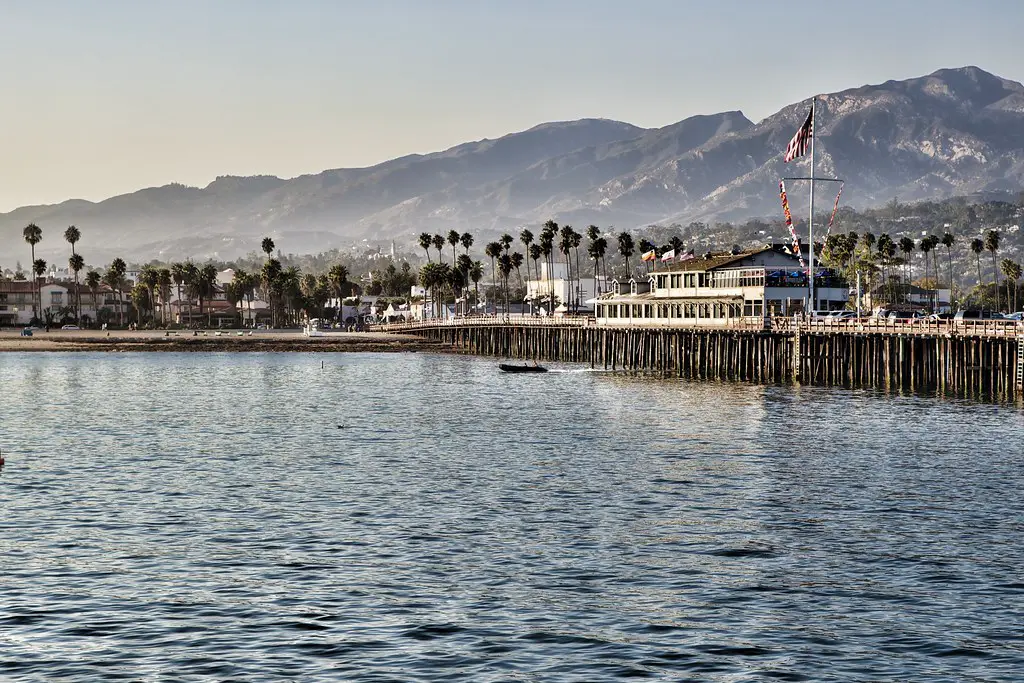
California’s coastal towns like Monterey and Santa Barbara may see increasing interest from remote workers seeking scenic, quieter alternatives to major cities. However, high property taxes and insurance costs might temper growth.
3. The Rust Belt Revival
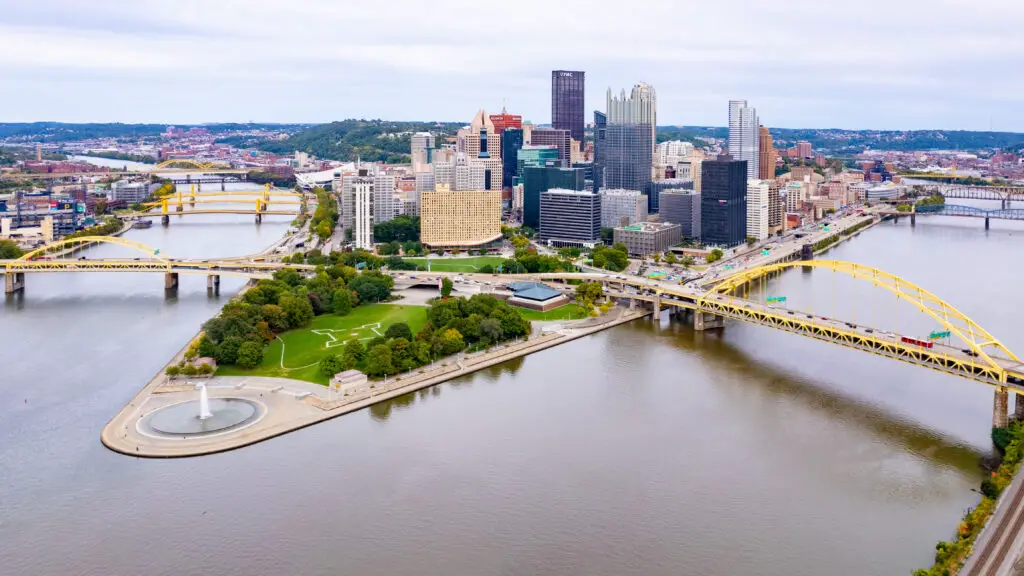
Cities like Pittsburgh, Cleveland, and Detroit are experiencing an unexpected resurgence thanks to lower living costs, revitalized urban centers, and investments in green industries. This could attract younger buyers and long-term investors.
4. Mountain West Boomtowns

Places like Boise, Idaho, and Missoula, Montana, remain attractive to those fleeing high-density urban areas. But with infrastructure and housing unable to keep pace with demand, affordability could become an issue.
5. Florida’s Climate Challenges
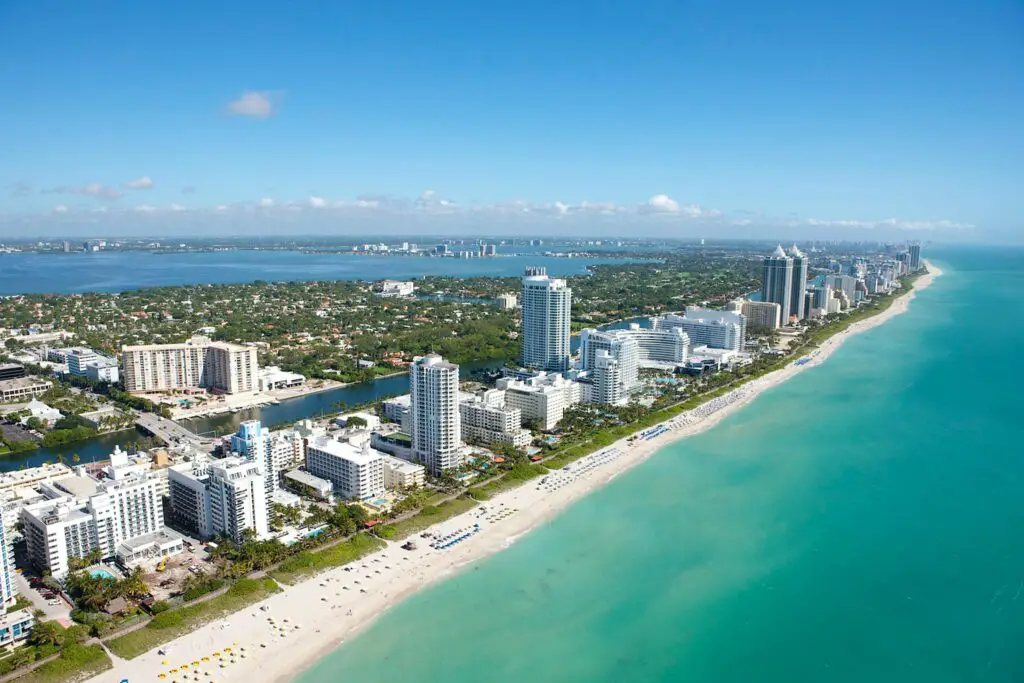
While cities like Miami and Orlando continue to attract retirees and young professionals, rising insurance premiums and climate-related risks, including hurricanes, may dampen their real estate appeal.
6. The Rise of Secondary Cities
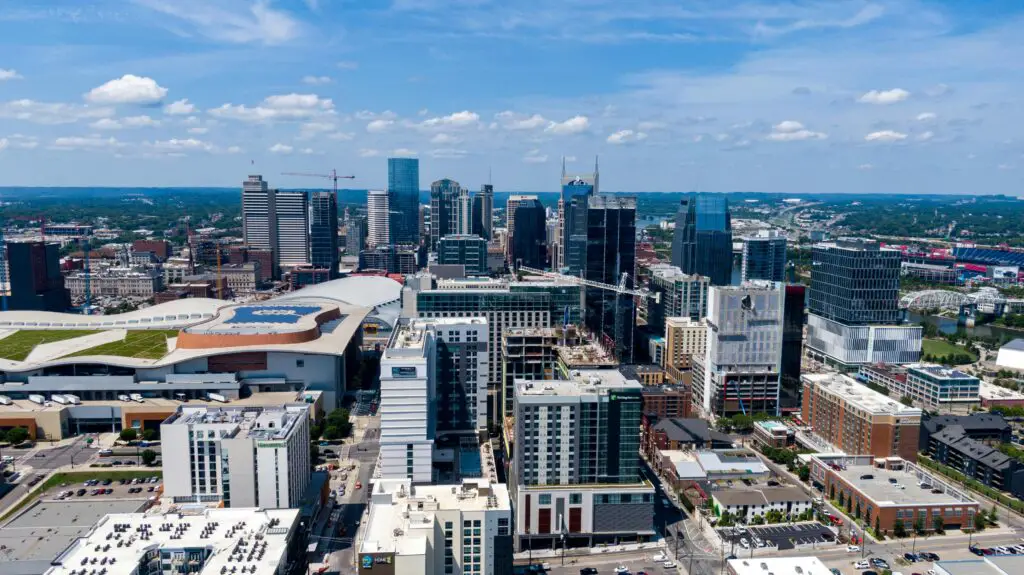
Secondary cities such as Raleigh, Charlotte, and Nashville are emerging as prime relocation destinations. They offer a mix of job growth, affordability, and livability, making them regions to watch closely.
7. Texas Metro Markets
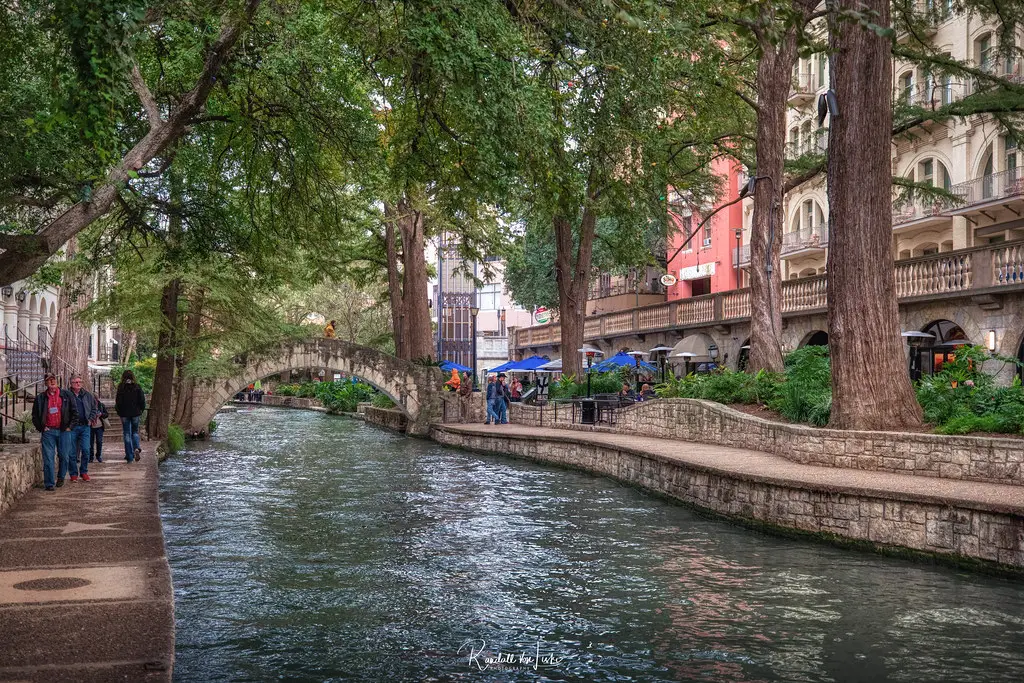
Dallas, Houston, and San Antonio are poised for continued growth, driven by business-friendly policies and an influx of companies. However, water scarcity and infrastructure strain could impact long-term sustainability.
8. The Pacific Northwest Exodus

While cities like Portland and Seattle remain desirable, affordability issues and increasing taxes are pushing buyers toward smaller towns like Spokane and Bend, which may see a rise in market activity.
9. The Midwest’s Affordable Gems
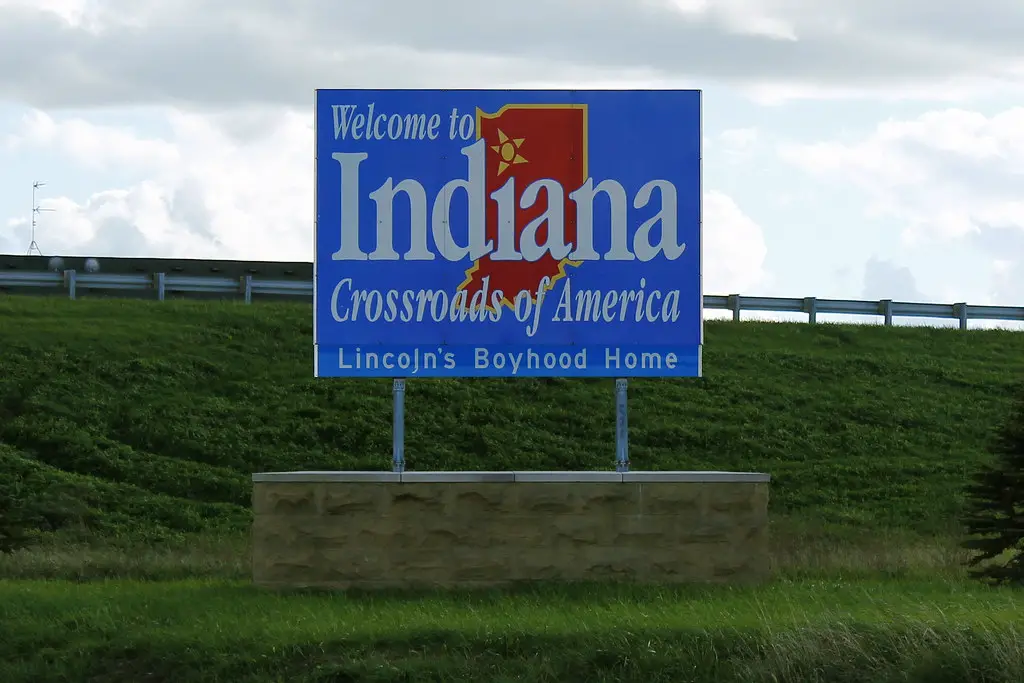
States like Indiana, Kansas, and Iowa offer some of the most affordable real estate in the country. Smaller cities and towns here could see a steady rise in interest from budget-conscious buyers.
10. Northeast Suburban Expansion
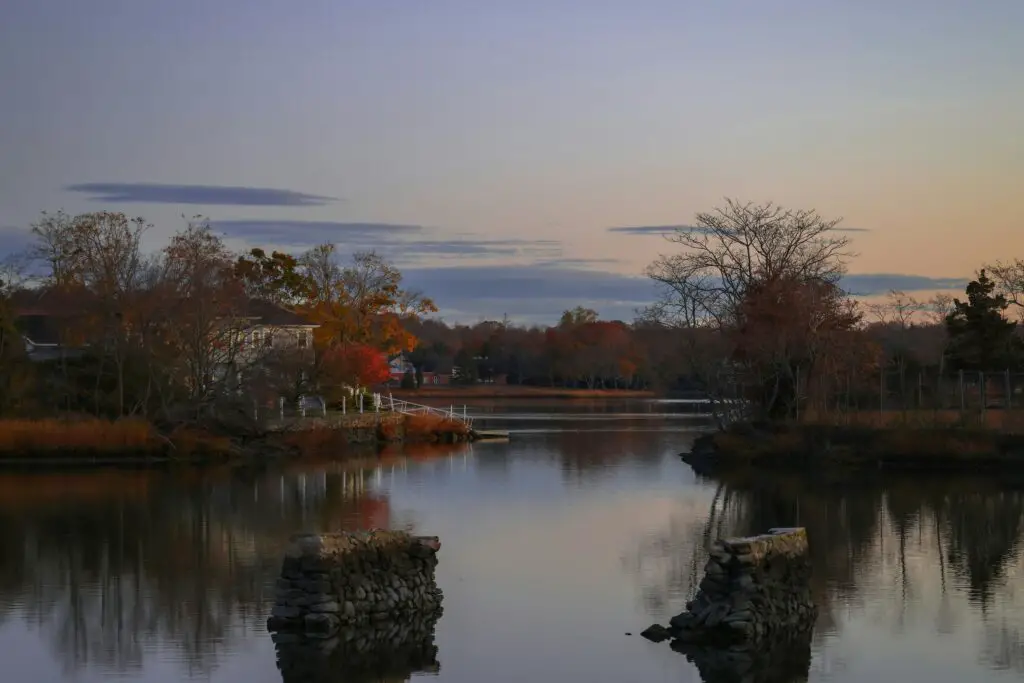
Suburban areas in states like New Jersey, Pennsylvania, and Connecticut continue to grow as buyers seek more space while staying within commuting distance of major hubs like New York and Philadelphia.
11. Desert Communities

Desert cities such as Las Vegas and Palm Springs are expected to attract retirees and remote workers, offering relatively affordable housing and recreational amenities, though water scarcity remains a concern.
12. Coastal Carolina Craze

The Carolinas, particularly Charleston and Wilmington, are becoming hotspots for buyers looking for historic charm, beach access, and milder climates. These regions could see surging prices in the coming years.
13. The Alaska Opportunity
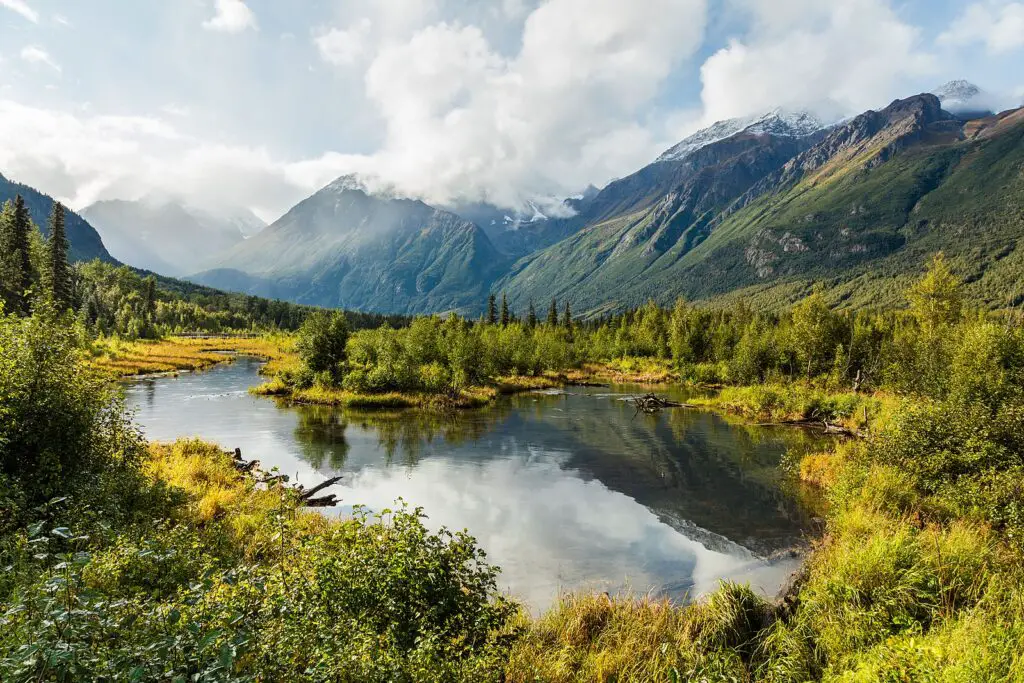
Real estate in Alaska remains relatively untapped but could attract buyers seeking remote and scenic lifestyles. With shifting climate patterns and evolving accessibility, this region could grow in appeal.
